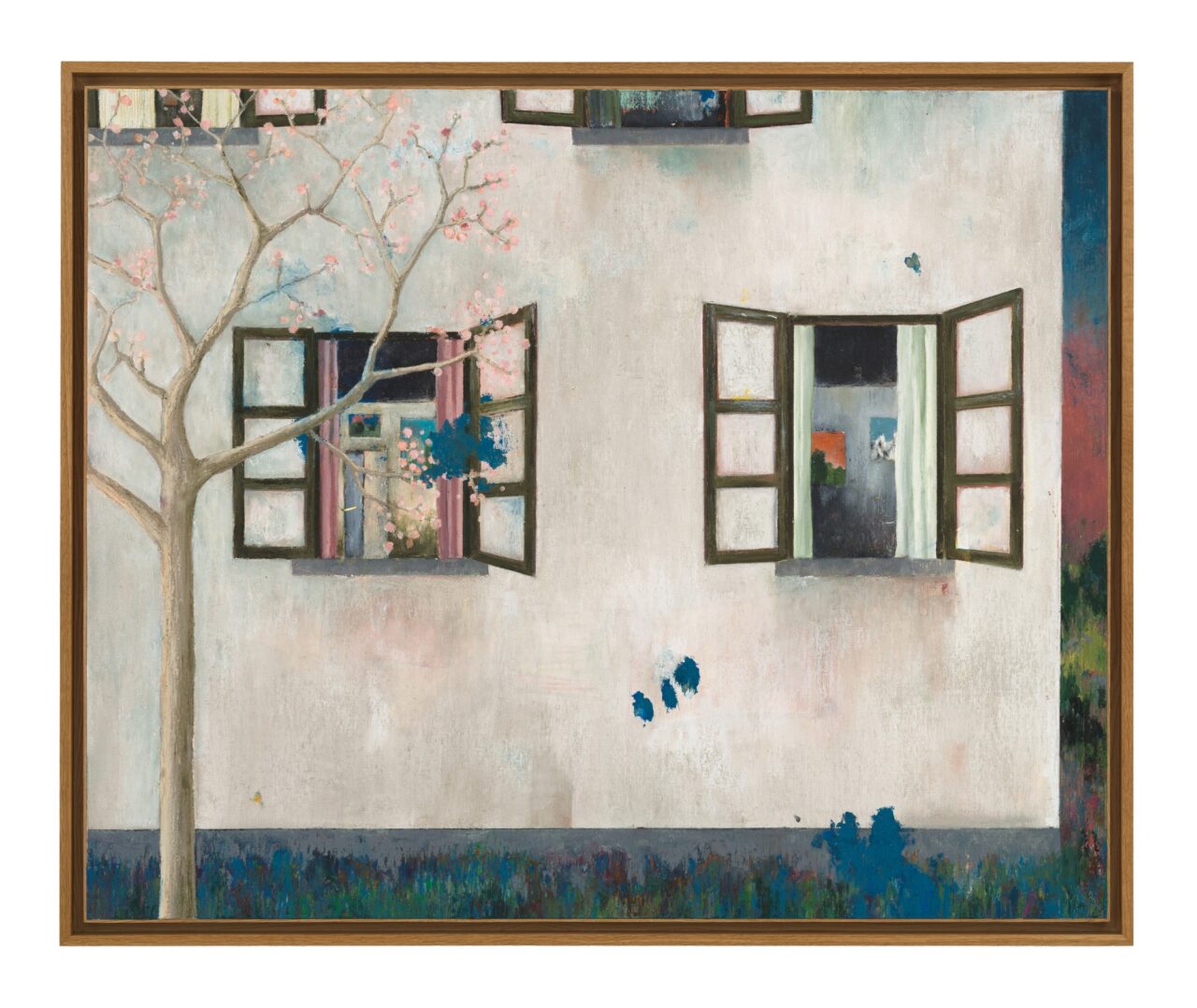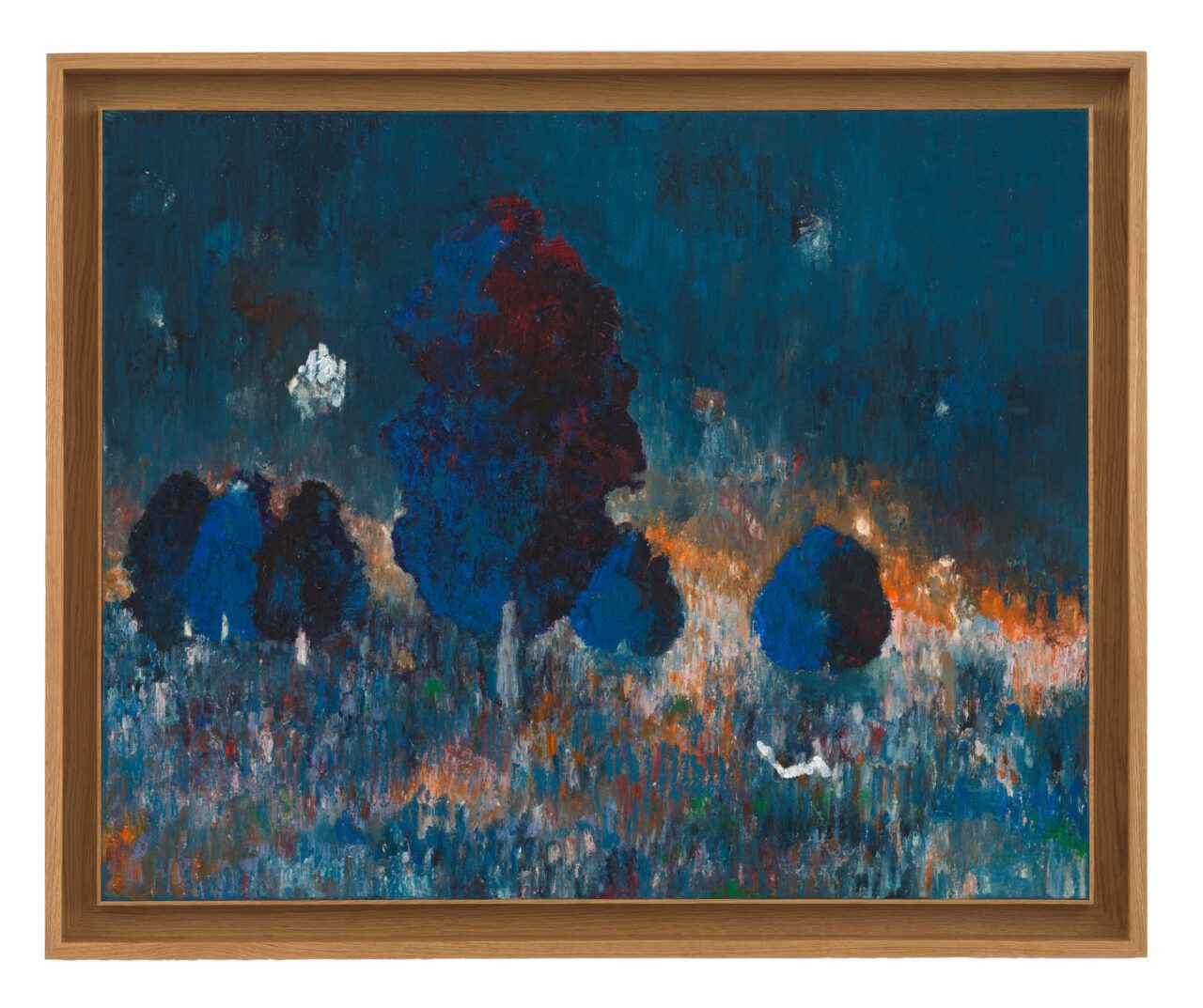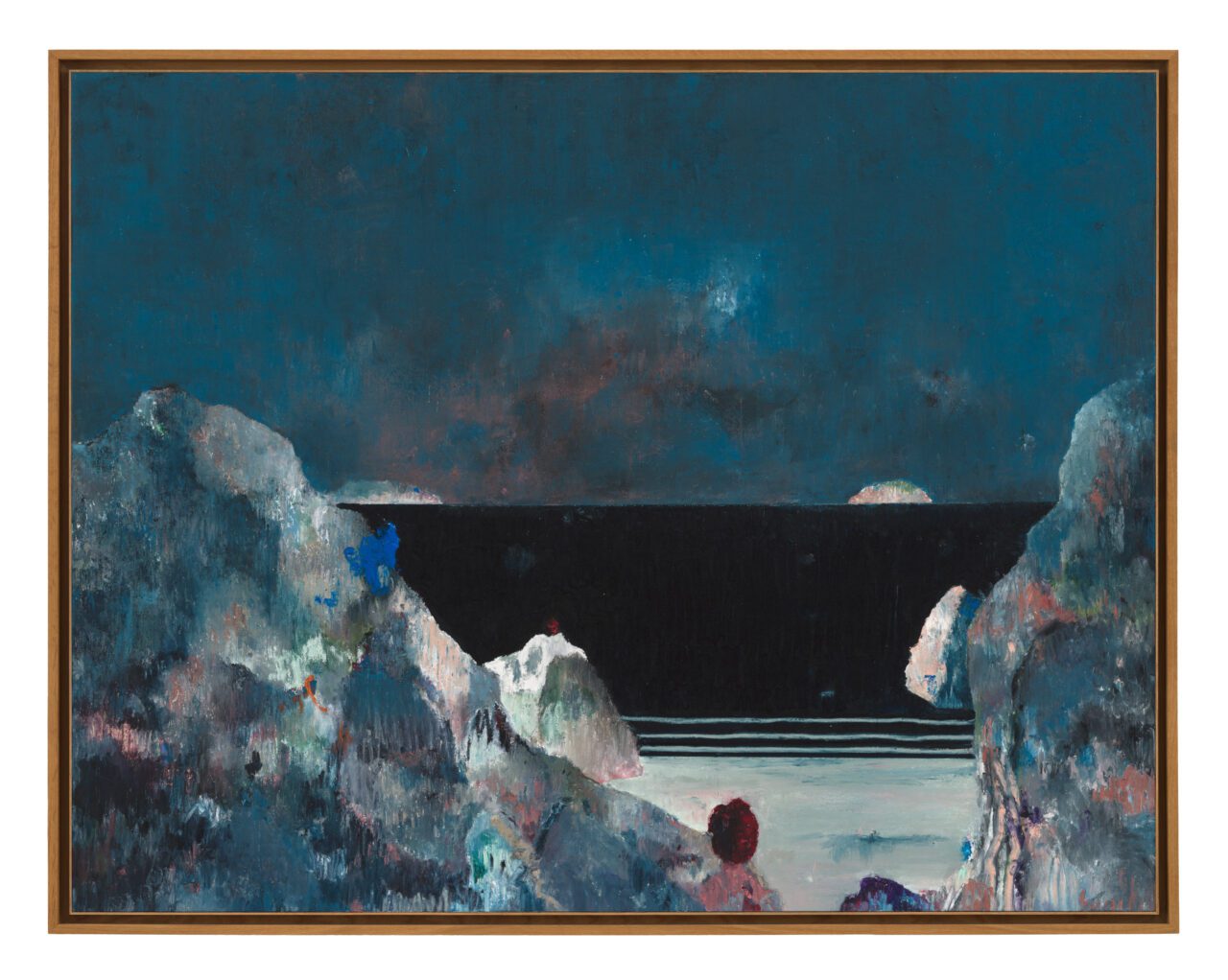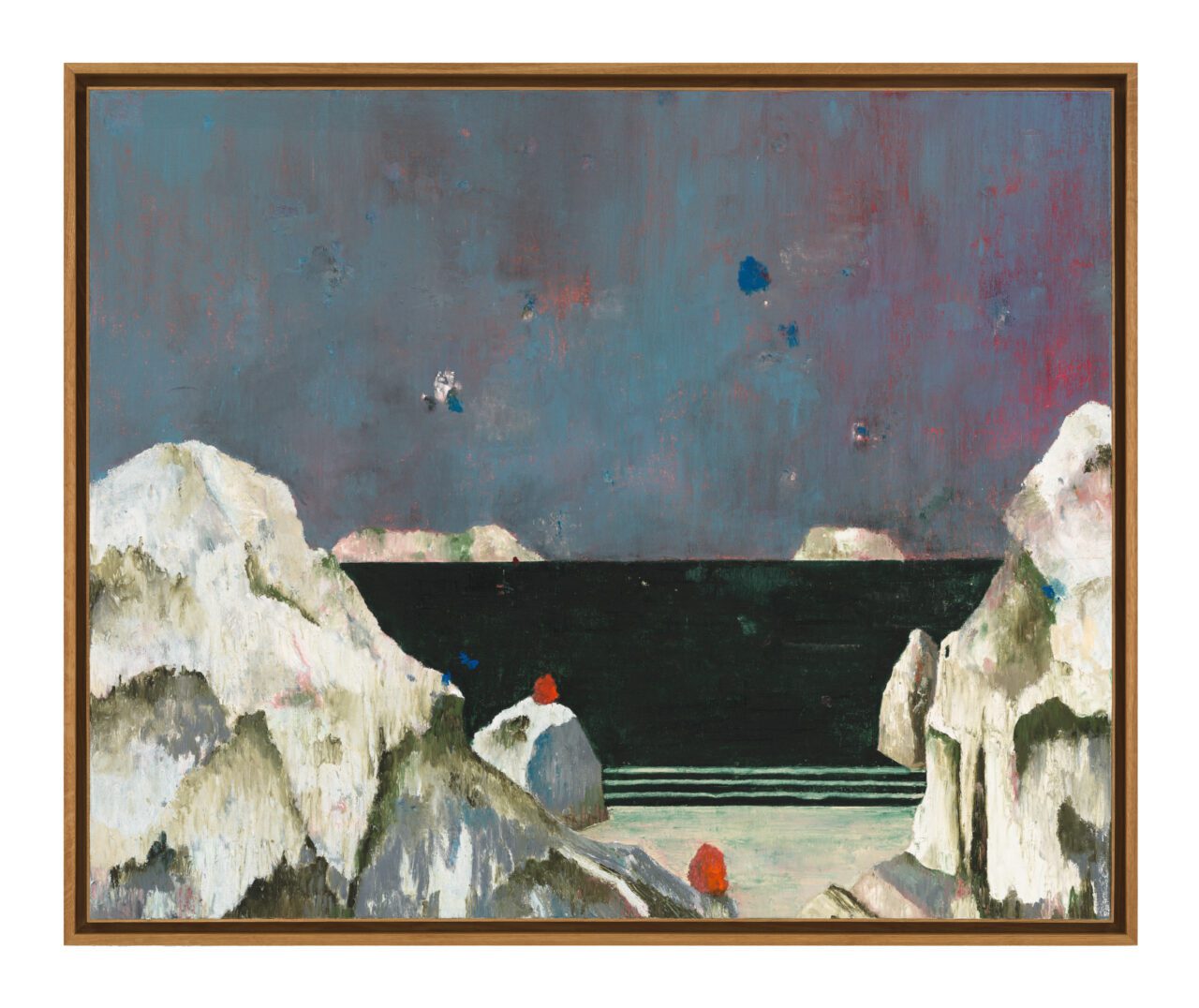ART CITIES:Seoul-Harold Ancart
Harold Ancart after starting out studying political science, he changed paths and graduated with an MFA from École Nationale Supérieure des Arts Visuels de La Cambre, Brussels, in 2007. His paintings, sculptures, and installations explore our experience of natural landscapes and built environments. Alluding to a range of art historical sources and often characterized by abstract passages of color, they are sometimes arranged into multipart tableaux.
By Dimitris Lempesis
Photo: Gagosian Archive
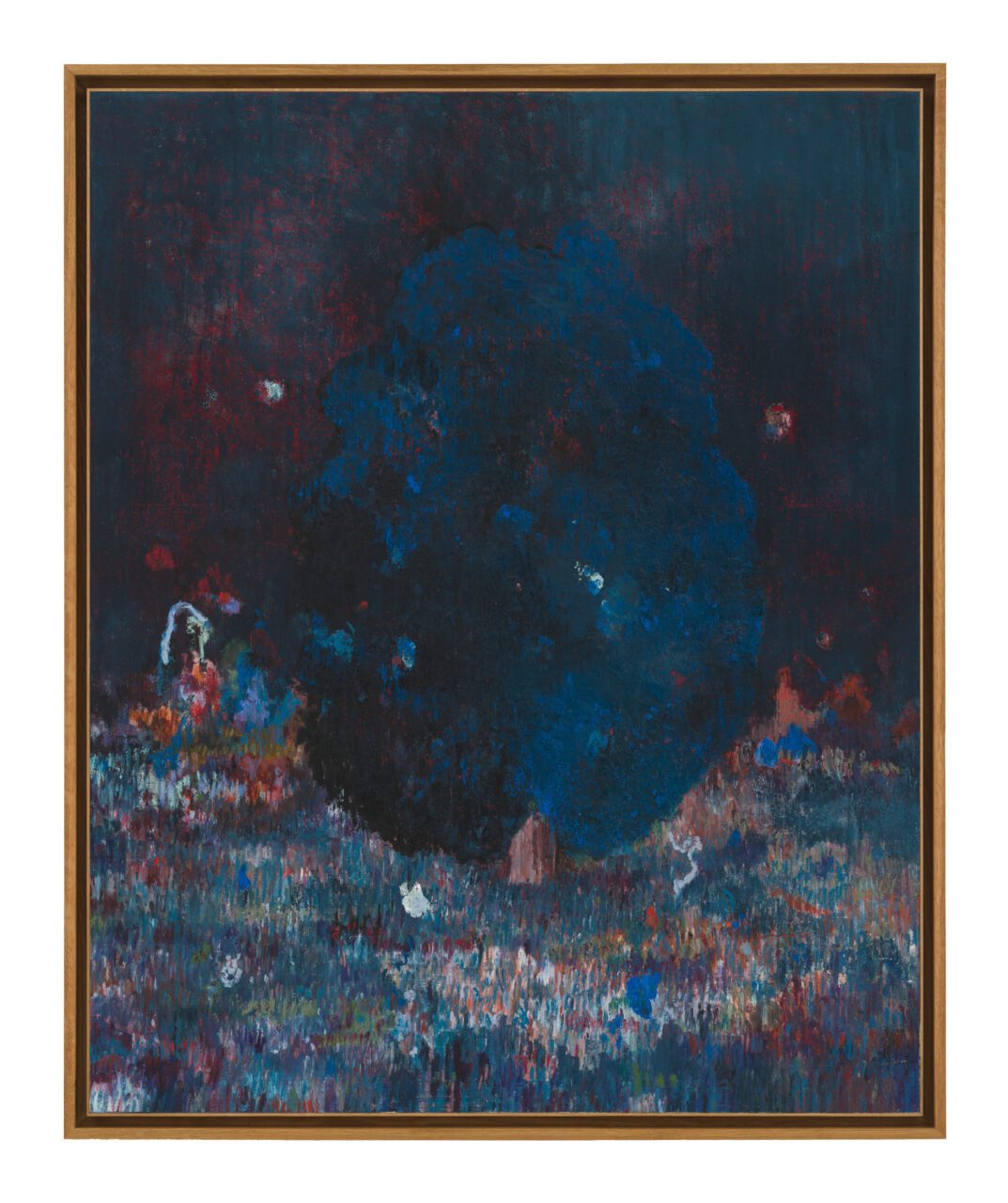
Harold Ancart presents new paintings in his solo exhibition “좋은밤 Good Night” that portray the natural world and built environments. Alluding to a range of art historical sources and often characterized by abstract passages of color, his most recent works aim to develop a connection between the landscape and the inner self. The works on view concentrate on nocturnal scenes. In two of the canvases, bodies of water are framed by dark skies and rock formations. Two further compositions are arrangements of trees and other plants, while the titular work returns the viewer to a constructed environment. For Ancart, the subjects of his paintings often serve as “alibis” for him to experiment with paint and color. The paintings in the exhibition blur the boundaries between figuration and abstraction: “Objects and their surroundings do not appear as clearly defined when lit up by moonlight, the stars, or a streetlight as they do during daytime. Where one doesn’t perceive clearly, one must be perceiving differently. In the shadows, things seem to be more susceptible to metamorphosis,” says the artist. In “Sleeping Tree” (2025), a single tree stands at the center of the composition. The mottled dark blue of its cloudlike foliage merges into the sky behind it as a dense, multihued cluster of other plants rise from the soil beneath. In another work, “Field and Dawn” (2025), a tree is shadowed by several smaller ones against a diffuse horizon that glows orange and white. In the two seascapes, respectively titled “View” and “Grand View” (both 2025), Ancart focuses the viewer’s attention on an identical scene in which subtle color combinations shift as if traveling in time from the early evening deeper into the night. Finally, in “Good Night” (2024), Ancart juxtaposes the pink blossoms of a tree that stands outside a house with fragments of the landscape paintings—surely his own—that hang on the wall inside. As in the other works on view, dark blue splotches interrupt the surface of this work. This effectively conjoins the scene’s different elements and serves as a reminder of the constructed nature of this and every work of art. As a child, Harold Ancart was a fan of comic books and manga, and was inspired by Belgian pioneers Hergé, creator of Tintin, and Peyo, originator of the Smurfs. He later discovered others in the field such as Katsuhiro Otomo and Frank Miller, and to artists including Frank Auerbach, James Ensor, Oskar Kokoschka, and Léon Spilliaert. A 2014 road trip across the United States was a critical energizing event for Ancart, and a 2016 exhibition at the Menil Collection in Houston of the drawings he produced in his mobile studio during the journey marked a turning point in his career. Despite having been raised and educated in Belgium, Ancart developed a practice rooted in the history of American painting and abstraction, showing the influence of such artists as Richard Diebenkorn, Helen Frankenthaler, Brice Marden, and Wayne Thiebaud. Focusing on recognizable subjects, he isolates moments of poetry in everyday surroundings. Working serially, he moves beyond simple representation to emphasize the process of painting. And, straddling abstraction and representation, he experiments with color and composition, allowing the operation of chance to help determine a work’s final form. Ancart’s paintings of trees blur the boundaries between figure and ground while echoing elements of the work of Gustav Klimt, René Magritte, Piet Mondrian and Egon Schiele. In his seascapes, Ancart employs simplified compositions to focus on vivid, almost psychedelic color combinations. And in a series of paintings of icebergs—begun in January 2018 in response to a severe New York winter—he continues to exhibit a fascination with elemental subjects that prompt sustained contemplation. Ancart often works at a very large scale; in 2018, he exhibited “Untitled (the great night)”, a 15-by-44-foot site-specific painting, in the front window of Centre Pompidou-Metz, France, as part of the group exhibition; “Painting the Night”. Ancart also explores his themes and ideas in three dimensions. In a set of floor-based pigmented concrete sculptures from 2014, for instance, he presents a series of fragile-looking, quasi-organic forms suggestive of simple boats or troughs. The works’ titles, which include “Black Caviar” and “Grand Flaneur”, refer to famous racehorses, stressing the motif of movement and rest. His pool sculptures, begun in 2017, are cast concrete reliefs laid flat on pedestals and painted in colors reminiscent of his work on canvas. In these pared-down structures, he again toys with painterly oppositions of surface and depth, abstraction and figuration. By changing the scale of a familiar feature, he renders it uncanny, even surreal. And in 2019, with the support of Public Art Fund, he produced “Subliminal Standard”, a 16-foot-high freestanding concrete sculpture paying tribute to the incidental patterns generated by players on the walls of New York City’s handball courts, for Brooklyn’s Cadman Plaza.
Photo: Harold Ancart, View, 2025, Oil stick and pencil on canvas, in artist’s frame, 48 1/2 x 59 x 2 inches (123.2 x 149.9 x 5.1 cm), © Harold Ancart, Photo: JSP Art Photography,Courtesy the artist and Gagosian
Info: APMA Cabinet, Amorepacific Headquarters, 100 Hangang-daero, 1/F, Yongsan-gu, Seoul, South Korea, Duration: 3/4-16/5/2025, Days & Hours: Tue-Sun 10:00-18:00, www.apgroup.com/
